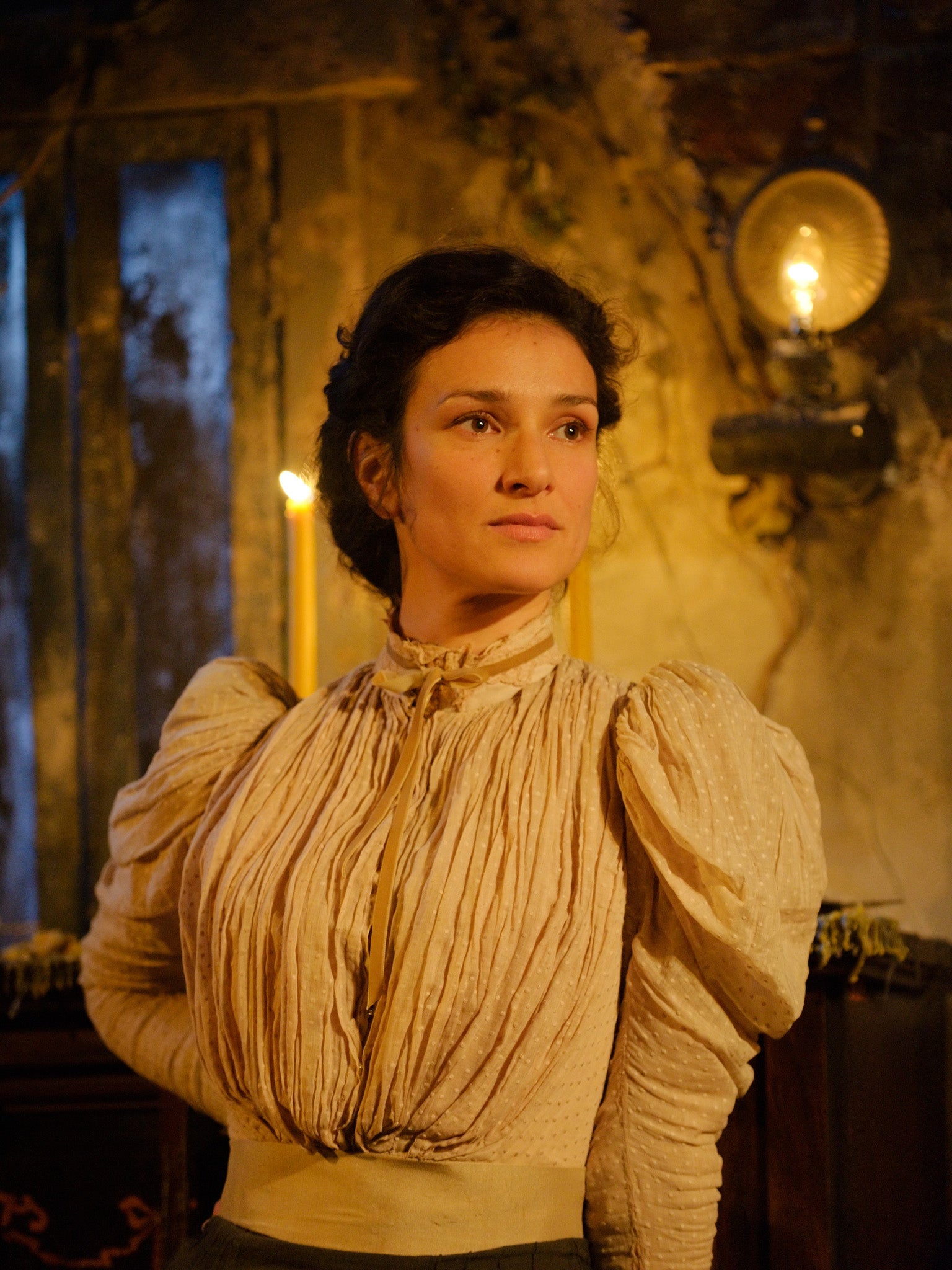The Dance of Death, Trafalgar Studio 2, London

It's become a truism that Strindberg's depiction of marital hell in The Dance of Death paved the way for the lacerating, liquor-fuelled slug-fest and the unholy game of “Get the Guests” in Who's Afraid of Virginia Woolf and that there are distinct affinities with the stormy love-hate intensity of the relationship in Private Lives.
A production that did not bring out the perversely exhilarating, black hilarity of the couple's cordial loathing for each other, the hideous ingenuity of their warfare and the suffocating claustrophobia of their mutual dependence would have failed to do the piece justice.
On the other hand, you don't want the proceedings reduced to the level of sitcom-plus-melodrama which is, by and large, what happens in Titas Halder's under-powered revival at the Trafalgar Studios, the latest in the Donmar Warehouse's third season showcasing the work of graduates from their Resident Assistant Director programme.
Almost everything – from the questionable casting to the debatable design to the disappointingly erratic tone of Conor McPherson's new version - feels a touch miscalculated.
Indira Varma is a formidably good actress but she looks far too fresh and sparky and unmarked by life to play Alice, the vindictively bitter ex-actress whose marriage to artillery captain Edgar has been an endless round of recrimination and is now approaching its rancid silver anniversary. At what age did she wed him – ten?
Kevin R McNally turns this festering military failure into a rather likeable old grouch and bruiser. There's little sense of the sheer, diabolical scale of the denial with which this man deals with everything – including fear of death. When Daniel Lapaine's over-acted Kurt – the cousin who arrives and become a pawn in their battles – says of Edgar that “he raises the petty into a kind of greatness even”, you wonder what he can be talking about.
There's a grimly comic irony that Strindberg's self-imprisoning couple live on a remote island garrison in a circular tower that was once used as a jail. But instead of evoking the suitably hellish poetic justice of their circumstances, Richard Kent's set symbolises emotional neglect as domestic squalor. It would take a bomb blast, you reckon, to leave that amount of dust on a piano lid. True, the play can leave you as shell-shocked as the characters but not here where the stakes feel too low throughout.
To Jan 5; 0844 871 7632
Join our commenting forum
Join thought-provoking conversations, follow other Independent readers and see their replies
Comments